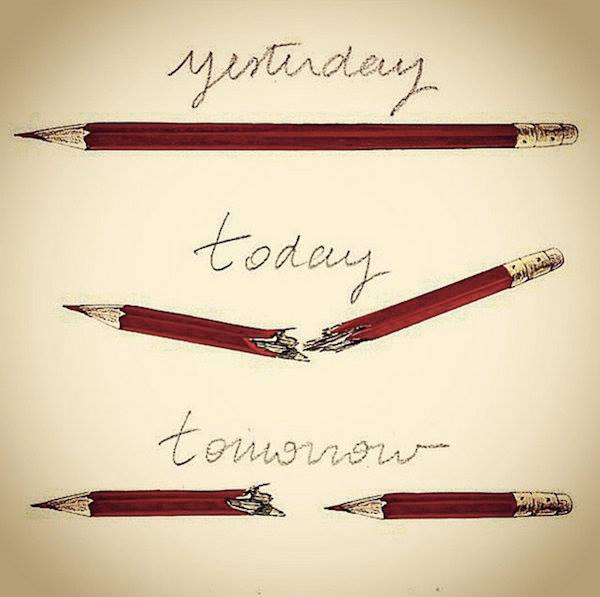NEW DIGITAL RESTORATION RASHOMON
(Japan 1950) Directed by Akira Kurosawa
Starring: Toshiro Mifune, Machiko Kyo
88 min / b/w / cert 12A
A BFI release
www.bfi.org.uk/releases
Release date: 18 June 2010
Opening Venues: BFI Southbank, Irish Film Centre, plus venues tbc
To coincide with Akira Kurosawa’s centenary, the BFI is delighted to release to cinemas on June 18 the stunning 2008 Academy Film Archive restoration of Rashomon, the brilliant and hugely influential meditation on the relative nature of truth.
Rashomon was released in Japan in August 1950, but it wasn’t until the following year that the film, Akira Kurosawa and Japanese cinema came to the attention of the rest of the world when it was selected for the 1951 Venice Film Festival. Akira Kurosawa was actually unaware that his film had been selected, despite the fact that it was the first time a Japanese film had played at the festival. Rashomon went on to win the Golden Lion. Kurosawa had laboured under a lack of faith from the Japanese film industry right from the start of the project through to the finished film. The Daiei studio boss, Masaichi Nagata, had never understood Rashomon. He walked out of the first screening and disassociated himself from it. But once the international prizes (including an honorary Academy Award) started to come in, he claimed them as is own. Rashomon went on to become one of the rare few foreign language films to get a US release in subtitled prints, receiving its premiere in New York on December 26 1951, and subsequently became a huge success both critically and at the box office.
The reasons Japanese executives were so dismissive of Rashomon were conversely the same reasons the rest of the world were so blown away by it. Akira Kurosawa’s technical audacity and ground-breaking structure led to much excitement from critics. Variety reported from Venice, “Brilliance of conception, technique, acting and its theme of passion make this a good art house bet in the US”. The New York Times said, “…an artistic achievement of such distinct and exotic character that it is difficult to estimate it alongside conventional story films”, whilst in the UK, Monthly Film Bulletin stated: “The structure is taut and exact; the camerawork, with its superb tracking shots in the forest, outstanding; and the epilogue has a touching simplicity. Altogether, a masterpiece, and a revelation.”
Loosely based on two short stories by Ryunosuke Akutagawa – In the Grove and Rashomon – Akira Kurosawa’s film is set in medieval Japan in a period of unrest. Three men – a woodcutter (Takashi Shimura), a priest (Minoru Chiaki) and a commoner (Kichijiro Ueda) are gathered under the derelict Rashomon gate sheltering from torrential rain. The woodcutter and the priest are both troubled and perplexed, and the commoner persuades them to relate their story. The woodcutter tells of the death of a samurai (Masayuki Mori), the rape of his wife (Machiko Kyo), the arrest of a bandit (Toshiro Mifune), and the resulting trial. At the trial the bandit, the wife, and the dead samurai – speaking through a medium (Fumiko Homma) - all give interpretations of how the samurai came to die. Finally the woodcutting gives another different interpretation. Each story, told in flashback, contradicts the other and reveals the subjectivity of perception and truth.
Such is the influence of Kurosawa’s film that the name Rashomon has entered the vernacular, often referred to as ‘the Rashomon effect’. In The Simpsons, Homer famously replies to Marge, “That’s not the way I remember it!” when she’s trying to persuade him to go and see a subtitled film, reminding him that he liked Rashomon. The huge cultural influence of Akira Kurosawa’s film across the arts makes this opportunity to see Rashomon, in this beautiful restoration, and on the big screen, an opportunity not to be missed.
 Chatelin Bruno
Chatelin Bruno 


























